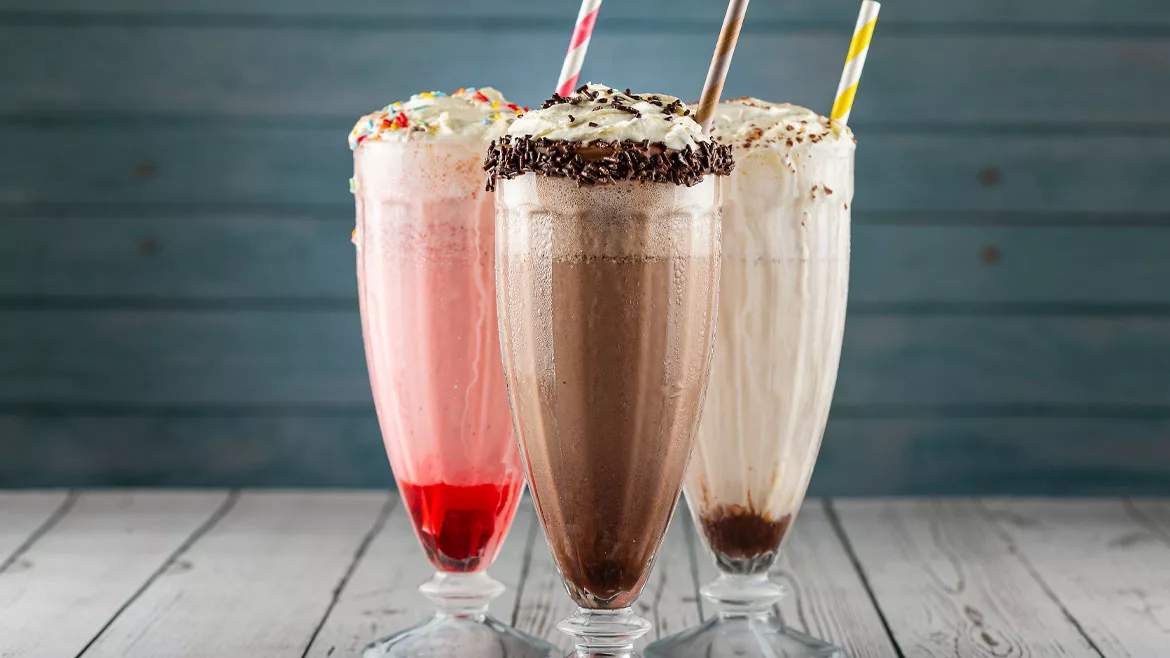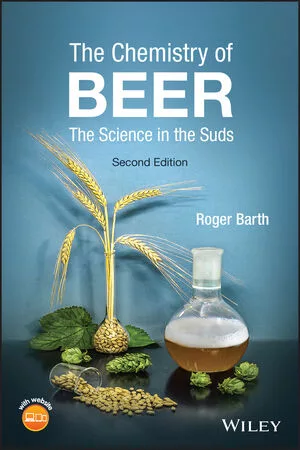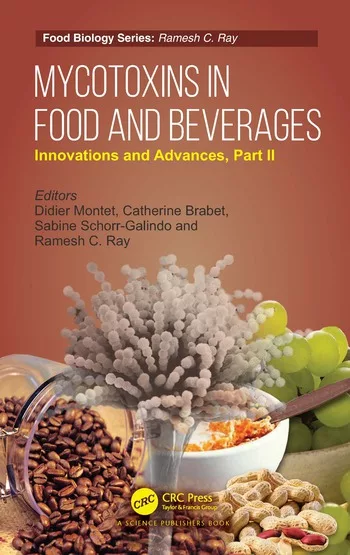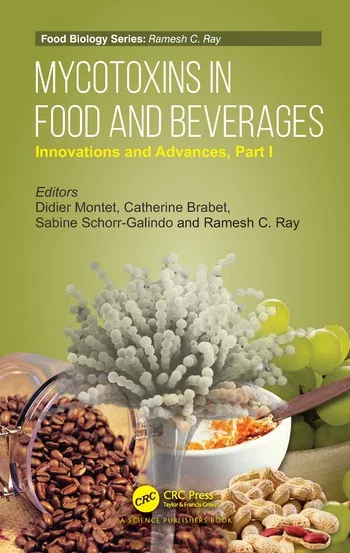Demand for plant protein grows thanks to health and wellness trends
Advancements, flavor pairings help plant-based proteins broaden beverage inclusions

Image courtesy of United Soybean Board
Global superstar Taylor Swift’s detailed and confessional songwriting style has been consistent throughout every era of her career. However, as Swift has aged, the themes of her songs have evolved, too — from high school heartbreaks to losing the love of one’s life.
Although no songwriting is involved, the plant proteins market has endured its own evolution in recent years as consumer preferences have shifted.
Allison Leibovich, marketing manager for dairy and dairy alternatives at Cargill, Minneapolis, details how the market has evolved.
“Plant protein blends are much more common — and more sophisticated — as formulators use multiple botanical sources to help them achieve better flavor profiles or make claims around protein content,” Leibovich says. “Alongside ‘complete’ protein claims, there’s also a huge push to pack in more grams of protein per serving, with many beverage customers aiming for double-digit inclusion levels.”
To get there, she notes that formulators are pairing pea protein with options like chickpea or fava bean.
Andrew Zumbusch, senior research scientist at Cargill, feels that technological advances are central to the evolution of plant proteins, which is especially apparent with pea protein.
“We’re finally at the point where we understand the protein and can unlock more of its functionality,” Zumbusch shares. “As a result, we now have options designed specifically for the beverage space, with enhanced solubility and improved flavor profiles. That’s enabling us to load systems with higher levels of protein and still create beverages that consumers enjoy.”

Leslie Gallo, president of Artemis International, Fort Wayne, Ind., says that the U.S. plant proteins market has posted impressive numbers lately, with $4.6 billion sales expected in 2025 and an estimated $5.56 billion in sales by 2030.
“Growth is being driven by heightened consumer interest in plant-based diets, environmental sustainability, and overall health and wellness,” Gallo notes. “Specifically, the rising popularity of a flexitarian eating style, that leans heavily on the principles of vegetarian but leaves room for meat or animal products occasionally, has significantly contributed to increased demand for plant-based protein products.”
Pam Smith, RDN, nutrition consultant, on behalf of the United Soybean Board (USB), notes that plant proteins have grown in popularity and breadth of offerings due to health and wellness benefits, sustainability benefit,s and a variety in eating experiences.
“The growing interest in plant-based diets is further fueling demand,” Smith says. “Forty percent of consumers report including plant proteins in their diet, and 60% of those consumers anticipate greater consumption in the future, citing health as their main motivator. Meanwhile, 40% of consumers are increasing their plant protein consumption for environmental reasons.”

The increasing focus on protein is also a driver for plant-based options that are nutrient-rich and versatile across various categories, including beverages, Smith shares.
“Grab-and-go options are key, particularly as 44% of consumers report that convenience is a barrier to increasing protein intake,” she adds.
Consumer trends
Certain consumer trends have led to the usage of plant proteins in beverage formulations.
“Many consumers are looking for convenience, and a high-protein, ready-to-drink (RTD), meal-on-the-go [that] supports their active lifestyle,” Cargill’s Leibovich says. “Plant-based beverages also have an inherent ‘health halo,’ not just with consumers who follow vegan and vegetarian lifestyles, but also with their growing flexitarian base.”
Plant-based protein beverages targeting kids are another trend, she adds.
“Increasingly, these products incorporate additional functional ingredients, like choline and DHA for cognitive support, health-supportive benefits that appeal to discerning parents,” Leibovich notes.
Micah Greenhill, senior marketing director for non-alcoholic beverages at ADM, Chicago, states that the use of plant proteins in beverages is directly driven by an increasing number of consumers looking for offerings with higher protein content.
“Protein is a highly sought-after macronutrient, and a 2024 International Food Information Council (IFIC) survey found 71% of consumers conveyed the desire to add more protein to their diets, which is an increase from 67% in 2023,” Greenhill says. “Concurrently, people are embracing multiple protein options, with ADM research showing that 43% of plant-forward consumers (defined as flexitarians, vegetarians or vegans) believe it’s healthier to get protein from a wide variety of sources.”
As such, he says that blends of plant and wholesome ingredients or plant-based plus animal-based proteins are capturing wellness-minded consumers’ attentions as they shift away from an “all or nothing” approach to plant-based versus animal-based protein consumption.
“This change in consumption behavior bodes well for the use of plant proteins and innovation with hybrids/blends in beverage formats,” Greenhill adds.
Artemis’ Gallo says current trends driving the usage of plant proteins in beverage formulations include consumers’ overall prioritization of health and wellness, as well as their concerns about environmental sustainability.
“The diversification of plant proteins has also helped,” she shares. “We are well beyond the days of soy as the only protein alternative. Now there are good options derived from pea, oat, almond, cashew, and coconut.”
USB’s Smith observes how plant-based beverages have become trend-toppers across all beverage categories.
“New plant-based beverages are enhancing flavor depth through fermentation and introducing craveable, trend-forward flavor combinations such as guava, matcha, yuzu, and ube,” she says. “The addition of probiotics and antioxidants is driving demand among those focused on gut and brain health. Plant-protein beverages containing soymilk are particularly on trend, as they provide consumers with all nine essential amino acids, meeting the growing drive for protein.”
Plant proteins commonly are used in coffee, tea, lattes, smoothie,s and even cocktails, Smith states.
“When made with plant proteins, consumers view these beverages more than just a ‘hydrator’ or accompaniment to a meal or snack — they see them as a standalone power meal or snack,” she notes.
Cargill’s Leibovich says that plant-based milk alternatives remain popular, but there is an increased interest in bringing plant proteins to nutritional beverages, drinkable yogurts, sports nutrition beverages and more.
ADM’s Greenhill notes that sports beverages and RTD protein shakes are common beverages in which plant proteins are used.
“Rising in popularity for plant protein incorporation are smoothies, juices, sparkling waters, carbonated soft drinks (CSDs) and energy drinks, especially as we see a blurring of lines between different beverage segments offering benefits traditionally only seen in one or two categories,” he explains. “Energy and sports drinks, in particular, are excellent examples of this crossover, with opportunity to feature energy plus protein benefits.”
RTD coffees with protein also are having a resurgence, Greenhill notes, and is a pre-pandemic trend that is anticipated to rebound, “making space for new product entrants of RTD coffees featuring plant protein powder.”
Powered by plant protein
When working with plant proteins, beverage-makers must consider any potential issues that might arise.
Cargill’s Zumbusch lists several, with taste being a top priority. He says many plant proteins are prone to off-flavors, so it is important that formulators search for options with the best flavor profile.
“Solubility is another key consideration, as consumers expect drinks with smooth, creamy mouthfeels,” he states. “Some proteins, like rice, just aren’t very soluble. They’re hard to get into solution, which limits inclusion levels and may result in beverages with gritty, sandy mouthfeels — or worse, they precipitate out of solution, leaving behind an unappealing sludge of sediment at the bottom of the container.”
Further, Zumbusch explains that proteins can vary significantly — even with the same botanical source — as ingredient suppliers develop specialized SKUs to enhance functionality for specific applications. Protein stability is another factor the Cargill expert mentions.
“Traditionally, plant proteins are notoriously unstable in their isoelectric rang, making it very difficult to create juices and other fruity beverages fortified with plant protein,” Zumbusch says. “PURIS HiLo was developed for these low pH situations (pH <5), enabling brands to create acidic beverages fortified with plant protein, yet still maintain excellent mouthfeel.”
Processing requirements and nutritional considerations are two additional points that Zumbusch notes.
ADM’s Greenhill urges developers to be aware of the wide variety of soy protein solutions.
“Considerations may include different protein concentrations, formats and different functionalities, all of which are needed to identify the right soy proteins to solve specific formulation challenges,” he says. “Viscosity, solubility, pH, color, flavor profile and the protein digestibility corrected amino acid score (PDCAAS) are some of the most common attributes that beverage formulators should consider.”
Moreover, Greenhill notes that soy is one of the few non-animal proteins that is a “complete protein” with a PDCAAS of 1, making it a widely used plant protein source across beverage applications for nutritional value and formulation functionality.
“We also combine our various plant proteins, plant-based and wholesome ingredients in blends, which not only bolsters protein content, but also optimizes for taste, texture and cost,” he adds.
USB’s Smith shares that, due to soy’s versatility and variety of formats, the innovation around it is vast and exciting.
“In the U.S., demand for soy as a protein source is growing as consumers seek out its sustainability, versatility and nutritional benefits,” she says. “And with the rising preference for food as medicine, soy is notably a source of folate, potassium, fiber, iron and zinc. Soy is a high-quality protein, providing all nine essential amino acids in amounts needed by the body, and it is highly versatile thanks to its neutral taste and texture.”
Smith adds that soy is the only plant protein that carries the U.S. Food and Drug Administration’s (FDA) health claim that it might reduce the risk of heart disease.
“Meanwhile, soymilk is also the only plant-based alternative by the U.S. Dietary Guidelines as nutritionally comparable to cow’s milk, and it can improve heart health by lowering blood pressure and cholesterol levels,” she says.
Cargill’s Zumbusch states that pea and soy proteins are the clear market leaders, thanks to their enhanced solubility and more neutral flavor profiles.
“While there are many emerging botanical proteins, it’s going to take some time for them to catch up,” he says. “From my perspective in R&D, it’s an exciting time to be working with pea protein. We have the foundational knowledge to unlock its functionality — and we’re starting to see that translate into a new generation of plant-based, high-protein beverage.”
Planning ahead with plant proteins
As for what the future holds for plant proteins, experts are optimistic.
ADM’s Greenhill shares that protein fortification continues to be sought after in beverage and does not anticipate the demand slowing down.
“Brands have significant opportunity with plant proteins, especially those with high PDCAAS like soy, to elevate functional beverages and capture new shopper attentions,” he says. “We also see ongoing innovation with protein blends, bridging the gap between familiar sources like soy, pea and wheat with emerging ones like quinoa and pulses. Further down the line, using these recognizable plant proteins in hybrids/blends will be important to supporting consumer acceptance and adoption of technologies like precision fermentation and cell cultivation.”
Similarly, Artemis’ Gallo notes that smart thinking and innovation will fuel continued growth for beverages with plant proteins.
“Higher protein levels and added nutritional benefits, along with taste and texture improvements, will entice more consumers to jump on the bandwagon, especially the younger Gen Zs,” she says.
Examples of this include prebiotic fibers to support gut health, adaptogens and nootropics for relaxation and mental clarity, Gallo shares. She notes that functionality beyond protein is the next wave.
“From the research side, watch for advances that allow us to push protein inclusion levels even higher,” Cargill’s Zumbusch says. “The other holy grail is clarity. A truly clear plant-based protein may still be years away, but we’ll see options with noticeably less impact on color and flavor in the not-so-distant future. And with every advance, we get that much closer to matching the functionality of whey protein.”
Zumbusch suspects to see more emerging proteins enter the marketplace, like fava bean and chickpea. He’s also following advances with other oilseed proteins, like sunflower and canola, he says.
“Nutritionally, they are great complements to legumes like pea protein and could bring some interesting functional properties — but it will take time for them to reach their potential,” Zumbusch states. “Breakthroughs with precision fermentation could yield even bigger gains.”
Cargill’s Leibovich feels that the future for plant-based proteins in beverages is “exceedingly bright.”
“Ingredients like PURIS 2.0 are already light-years ahead of the plant proteins from a decade ago, and when we pair them with our advanced sweetener and texturizer systems, we have all the tools necessary to deliver a high-protein beverage that truly satisfies,” she concludes.
Looking for a reprint of this article?
From high-res PDFs to custom plaques, order your copy today!









